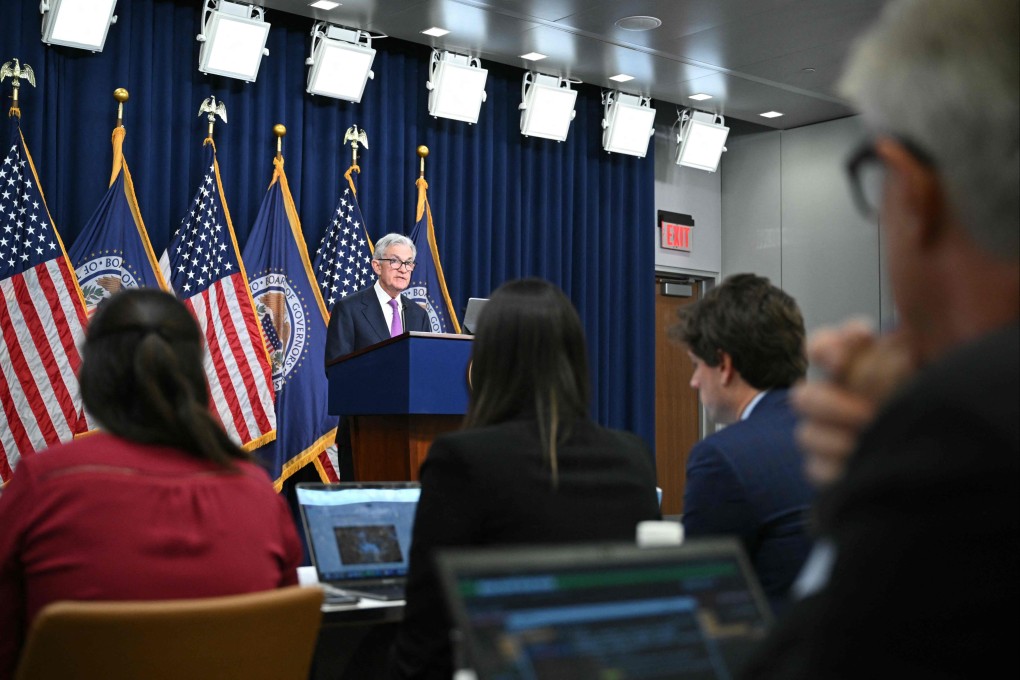Macroscope | US Fed must watch its step as economic recession risks loom
- High interest rates will weigh on growth momentum, as the UK and EU economies are finding out
- The inflation fight is not over, but the danger now is overcorrection – one wrong move by the Fed could tip the US economy into recession

Economic growth momentum is slowing, especially in the manufacturing sector. The manufacturing purchasing manager indices (PMI) for the US, UK and euro zone are all below 50. This suggests the sector is facing contraction pressure. The service sector PMIs are also weak. Unsurprisingly, the high interest rate environment is starting to cool economies.
Given this backdrop, these three central banks are strongly indicating that the rate hike cycle is coming to an end. The futures market echoes this view. It is pricing in only a 20 per cent and 45 per cent chance of a 25-basis-point hike by the European Central Bank (ECB) and the Federal Reserve respectively by the end of the year.
The ECB raised its policy rate on September 14 by 25 basis points, to 4 per cent. It did hint that this could be the end of the cycle, as rates have reached a level that would contribute to bringing inflation back towards its 2 per cent target. The Bank of England surprised the market by leaves rates unchanged, partly due to the unexpectedly soft inflation data in August.
Investors are now looking beyond the hikes to anticipate when rate cuts could come. They could be disappointed, though, as the end of the hiking cycle does not imply rate cuts could come any time soon.
The Fed’s latest “dot plot” of policy rate forecasts shows that 10 out of 19 Fed officials still expect the rate to be above 5 per cent by the end of 2024. Comments from Fed chair Jerome Powell and other senior officials suggest the central bank’s priority remains cooling inflation. The “higher for longer” stance could prevail in the months ahead.

